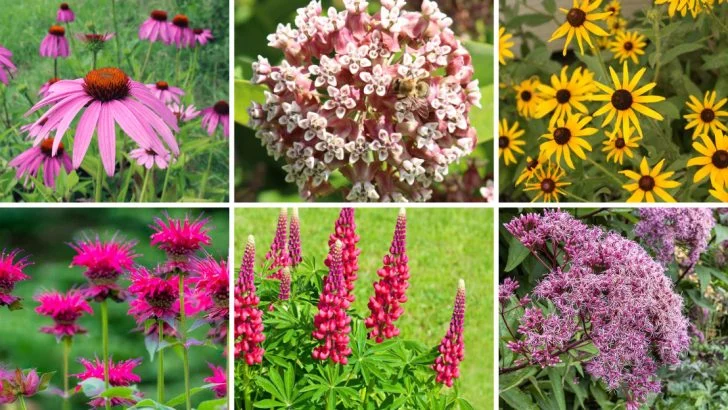If you’re trying to make your garden feel a little more alive—literally—perennials that attract birds, bees, and butterflies are a solid place to start. These plants aren’t just pretty to look at; they also do a lot of behind-the-scenes work, like supporting pollinators, feeding local wildlife, and keeping the ecosystem humming along. Plus, once they’re established, perennials tend to be pretty low-maintenance, which means less replanting and more time enjoying the view.
A good wildlife garden is all about balance: the kind of place where you might spot a goldfinch one minute and a monarch butterfly the next. By choosing the right mix of perennials, you can help create a space that supports everything from buzzing bees to seed-hunting songbirds. Below are 19 perennials that aren’t just hardy—they’re incredibly helpful for your local wildlife, too.
Purple Coneflower

Purple Coneflower, also known as Echinacea, is a striking perennial with daisy-like blooms that draw in butterflies and bees. Its tall, sturdy stems can reach up to 3 feet, making it a prominent feature in any garden. The plant’s vibrant petals and spiky central cone add texture and interest.
This hardy plant thrives in full sun and is tolerant of drought, making it easy to care for. The seeds are a favorite of goldfinches, adding a delightful birdwatching opportunity. Consider planting in groups for a dramatic effect and enhanced wildlife attraction.
Milkweed
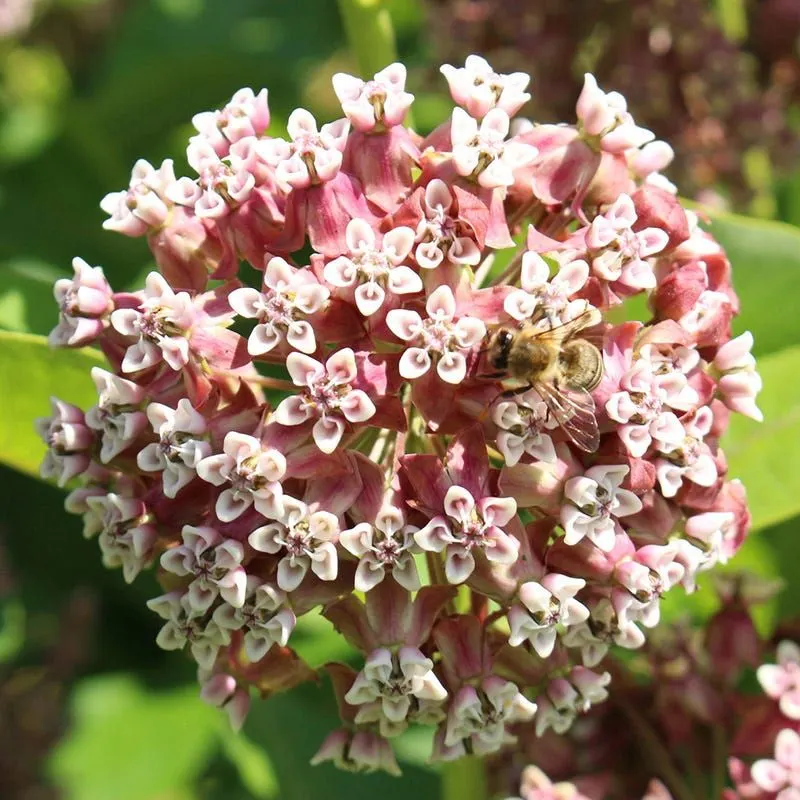
Milkweed is an essential plant for anyone looking to support monarch butterflies, as it serves as the sole host for their larvae. The plant’s clusters of small, fragrant flowers come in shades of pink, orange, and white, offering visual appeal and a sweet scent.
In addition to attracting monarchs, milkweed’s nectar-rich blooms are a magnet for a variety of pollinators. This perennial is robust and adaptable, tolerating various soil types and conditions. By planting milkweed, gardeners provide crucial habitat support for declining butterfly populations.
Black-eyed Susan
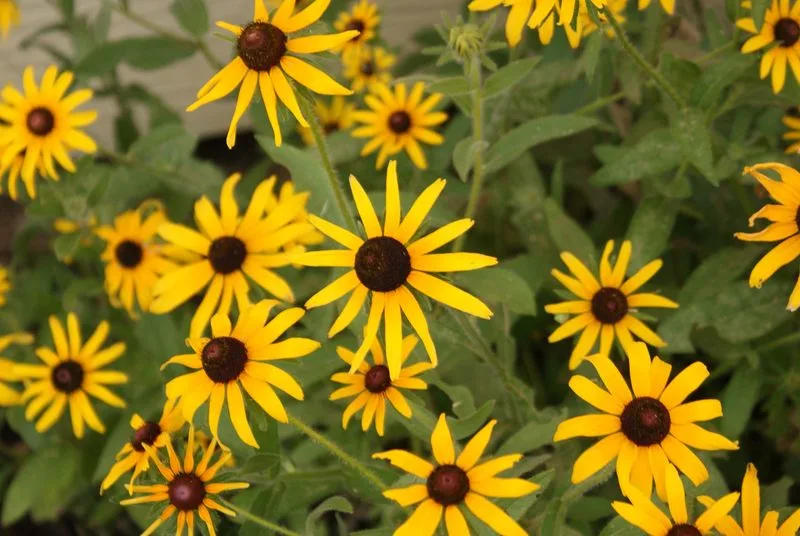
Black-eyed Susan is a cheerful perennial that brightens up any garden with its bold, golden blooms and contrasting dark centers. These easy-to-grow plants thrive in full sun and are drought-tolerant, making them a low-maintenance choice for gardeners.
Their long-lasting flowers provide nectar for bees and butterflies, while the seed heads attract birds like finches in the fall. With a growth height of up to 2 feet, they’re perfect for adding mid-height interest to garden beds. Black-eyed Susans create a vibrant, lively atmosphere, welcoming wildlife into your outdoor space.
Bee Balm

Bee Balm, known for its spectacular, spiky blooms, is a favorite among hummingbirds and bees. Its aromatic foliage and red, pink, or purple flowers provide a burst of color and a fragrant scent that enhances any garden.
This perennial prefers sun to partial shade and moist, well-drained soil. It can grow up to 4 feet, adding vertical interest to borders or garden beds. Bee Balm’s unique shape and lively colors invigorate the garden, creating a vibrant habitat for pollinators while offering a sensory delight to gardeners.
Lupine
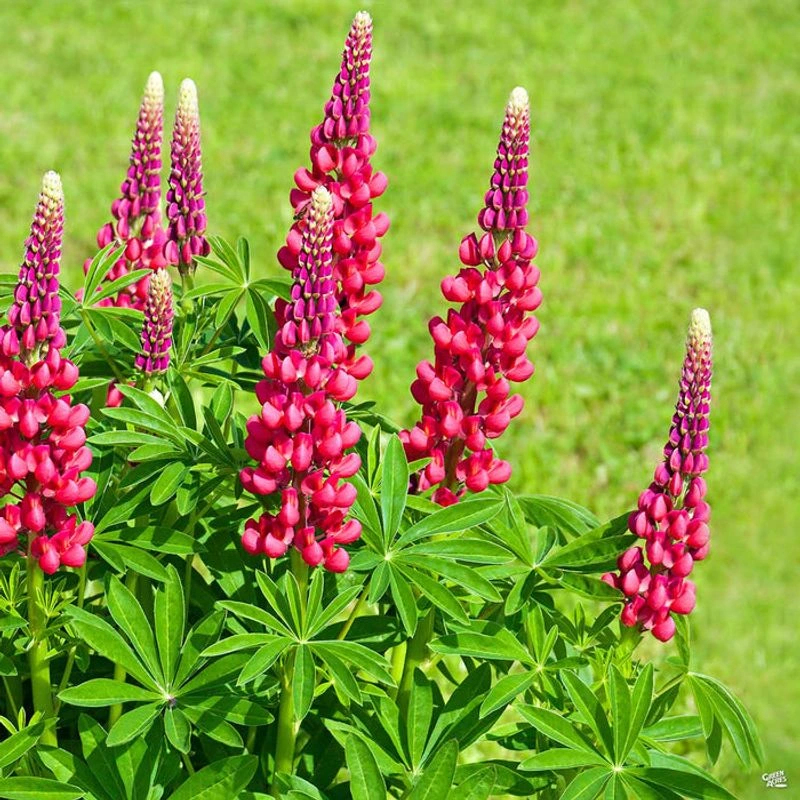
Lupines are known for their stunning, tall spikes of pea-like flowers that come in a rainbow of colors, making them a striking addition to any wildlife garden. These perennials are particularly attractive to bees and butterflies, who are drawn to their rich nectar.
Lupines prefer well-drained soil and full sun to partial shade, and they can grow up to 3 feet tall. Their lush foliage and vibrant blooms add texture and color, creating a lively environment for wildlife. Planting lupines can enhance soil quality by fixing nitrogen, benefiting the entire garden ecosystem.
Joe-Pye Weed
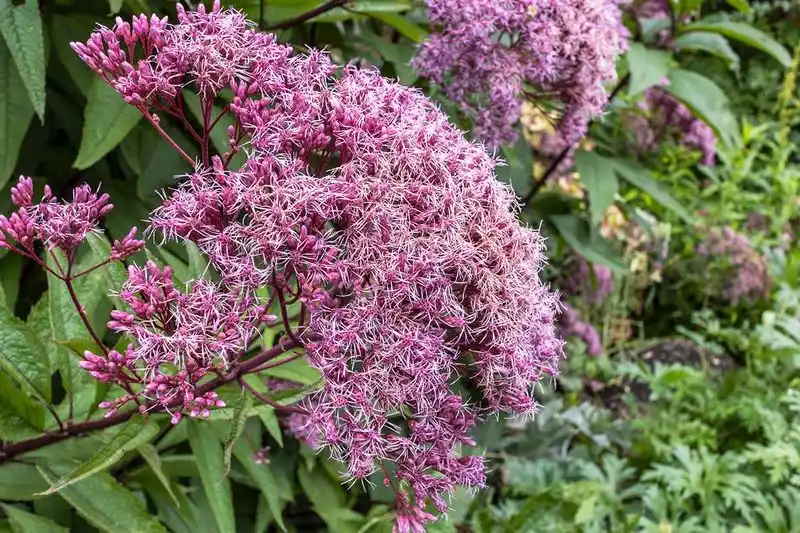
Joe-Pye Weed is a towering perennial that draws in a host of pollinators with its large, fluffy pink flower heads. Growing up to 7 feet tall, it adds impressive height and structure to any garden.
This plant thrives in moist, well-drained soil and full sun to partial shade. Its blooms provide essential nectar for butterflies and bees, while the seeds attract birds in the fall. Joe-Pye Weed is perfect for creating a naturalistic, meadow-like garden setting, offering both visual appeal and crucial wildlife support.
Goldenrod
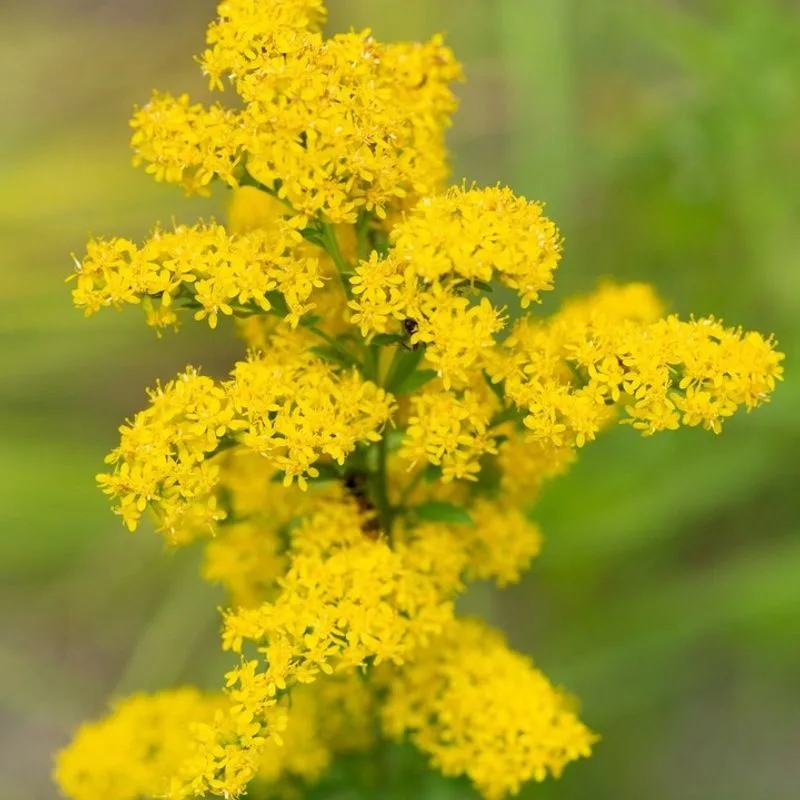
Goldenrod is often associated with late summer and fall, bringing a splash of yellow to the garden. Its tall, arching stems are adorned with tiny golden flowers, which are a magnet for bees, butterflies, and other beneficial insects.
This hardy perennial thrives in full sun and is incredibly drought-tolerant, making it an ideal choice for less attentive gardeners. The plant’s seeds are a favorite for birds during the colder months. Goldenrod’s vibrant blooms and wildlife-friendly nature make it a valuable addition to any wildlife garden.
Aster
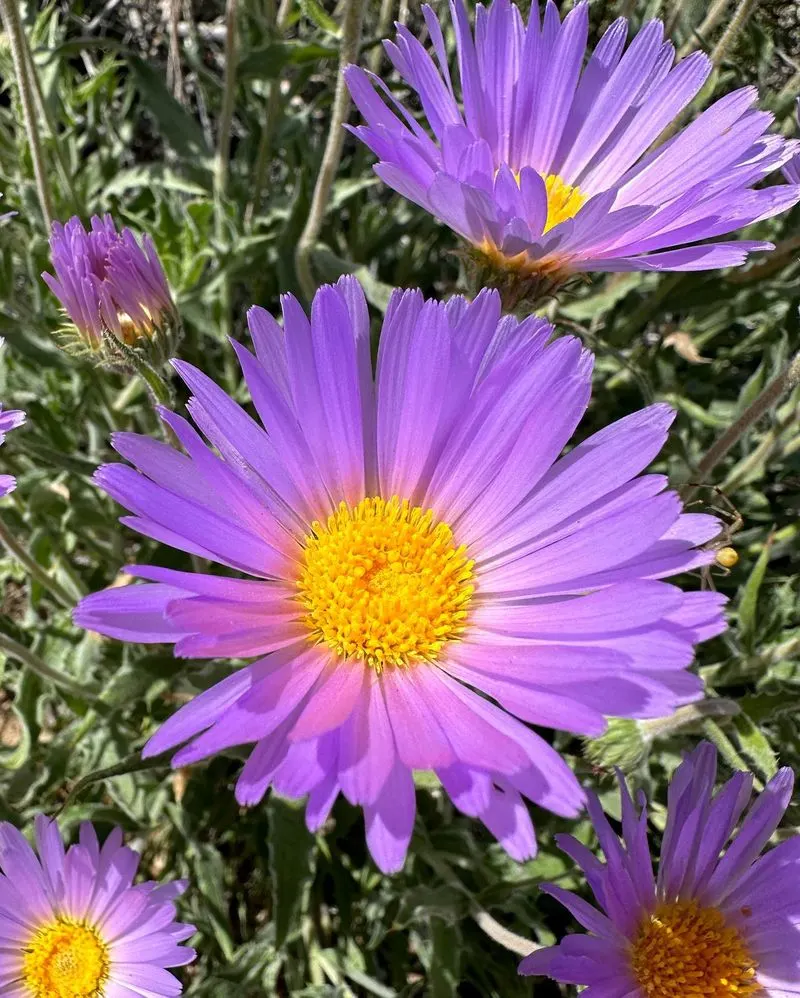
Asters are beloved for their daisy-like flowers and rich autumn colors, ranging from purples and blues to pinks and whites. These perennials bloom late in the season, providing crucial nectar for pollinators preparing for the colder months.
They thrive in full sun and well-drained soil, reaching heights of up to 4 feet. Asters’ long-lasting blooms and dense growth create a striking display, attracting a variety of bees and butterflies. Their ability to flower when many other plants have faded makes them a valuable asset to the wildlife garden.
Blanket Flower
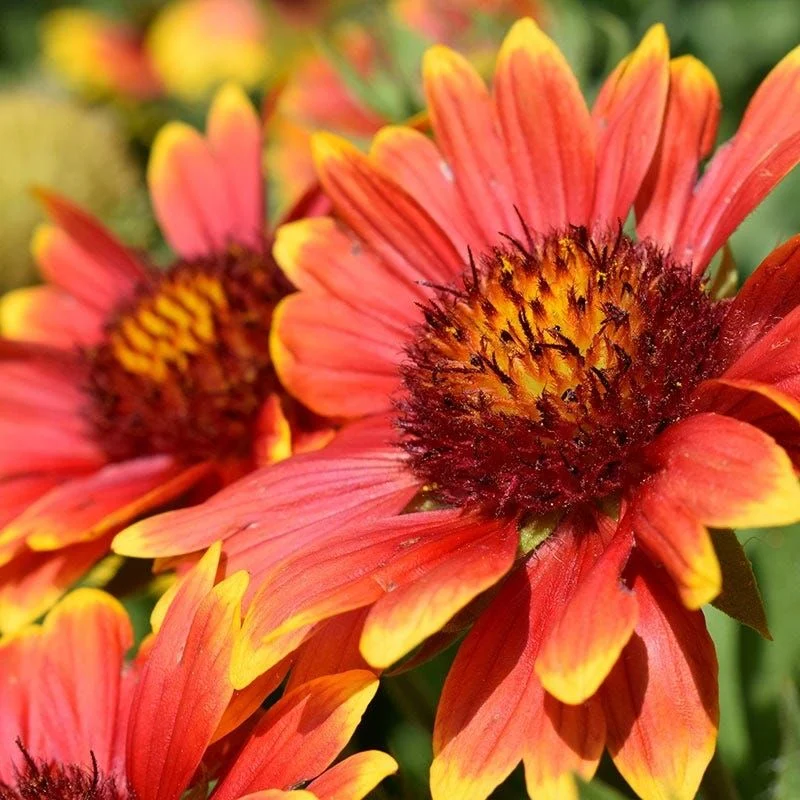
The Blanket Flower, or Gaillardia, is known for its vibrant, sun-loving blooms that attract a plethora of pollinators. These perennials feature bold red and yellow flowers with fringed petals, creating a striking display throughout the blooming season.
Thriving in full sun and well-drained soil, Blanket Flowers are drought-tolerant and easy to grow, making them an excellent choice for novice gardeners. Their long-lasting blooms not only provide nectar for bees and butterflies but also add continuous color to the garden. They are perfect for attracting and supporting wildlife diversity.
Salvia
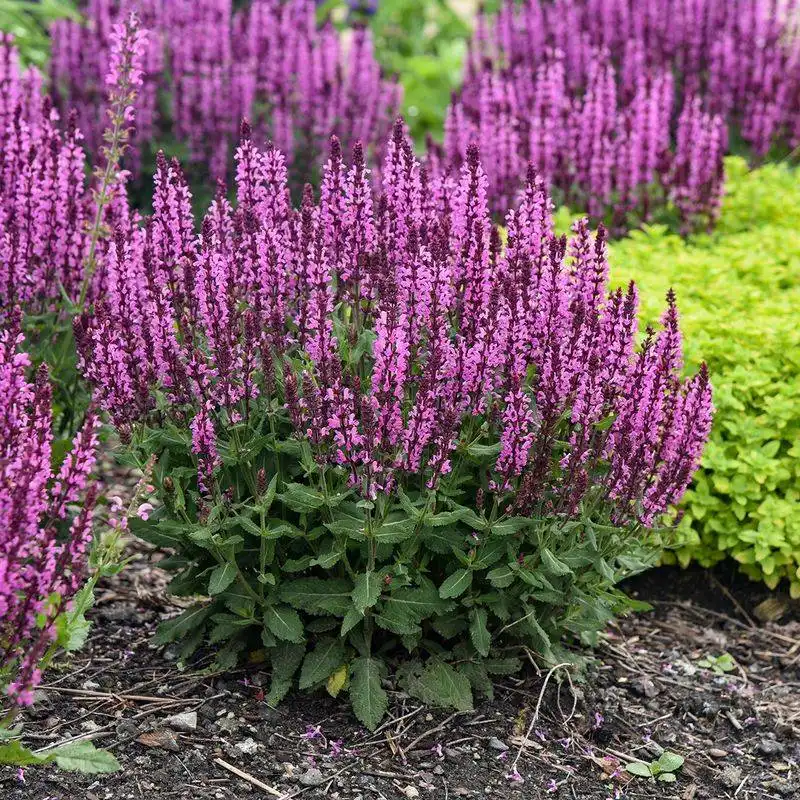
Salvia, with its tall spikes of vibrant purple, blue, or red flowers, is a magnet for hummingbirds and bees. This aromatic perennial is not only beautiful but also easy to grow, thriving in full sun and well-drained soil.
Salvia’s long blooming season and drought-tolerant nature make it a reliable choice for wildlife gardens. Its striking flower spikes add vertical interest and serve as a beautiful backdrop or focal point in garden beds. By planting salvia, gardeners can enjoy a lively display of colors and bustling pollinator activity.
Yarrow
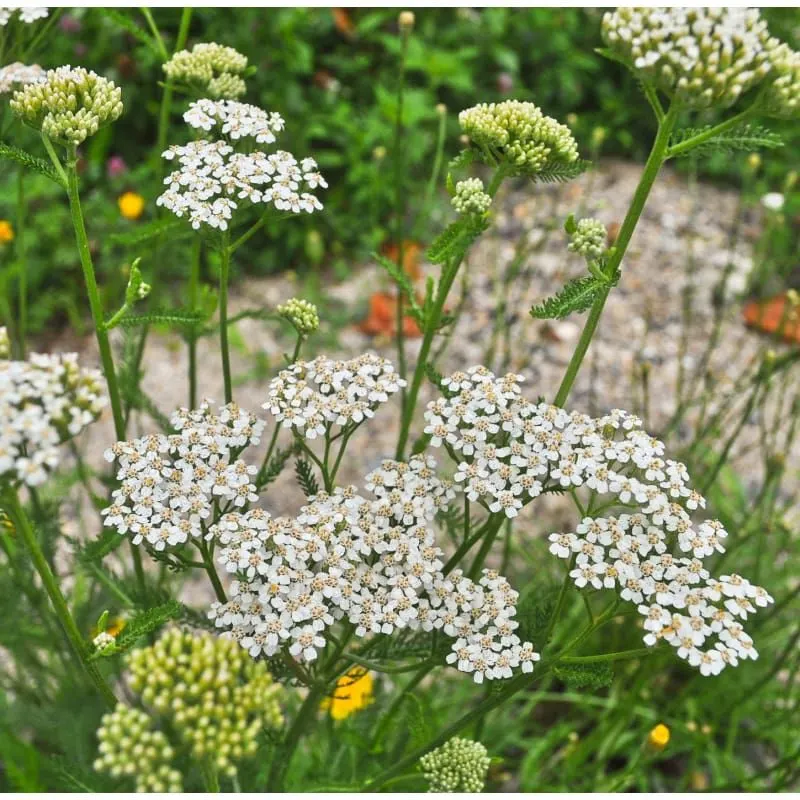
Yarrow, known for its feathery foliage and flat-topped flower clusters, is a must-have for attracting pollinators. These hardy perennials thrive in full sun and poor, well-drained soil, making them an easy-care option for gardeners.
Yarrow’s blooms come in a range of colors, including yellow, white, pink, and red, providing continuous interest throughout the growing season. The flowers attract bees, butterflies, and other beneficial insects, while the plant’s seeds offer food for birds. Yarrows are also excellent for cutting and drying, adding versatility to their charm.
Penstemon

Penstemon, often referred to as beardtongue, features tubular flowers that are irresistible to hummingbirds and bees. These perennials come in a variety of colors, including pink, purple, and red, adding vibrant splashes to the garden.
Penstemon thrives in full sun and well-drained soil, making it ideal for rock gardens or sunny borders. Its long blooming period and low maintenance needs make it a favorite among gardeners. The plant’s unique flower shape and rich colors create an inviting environment for pollinators, enhancing the garden’s ecological diversity.
Coreopsis
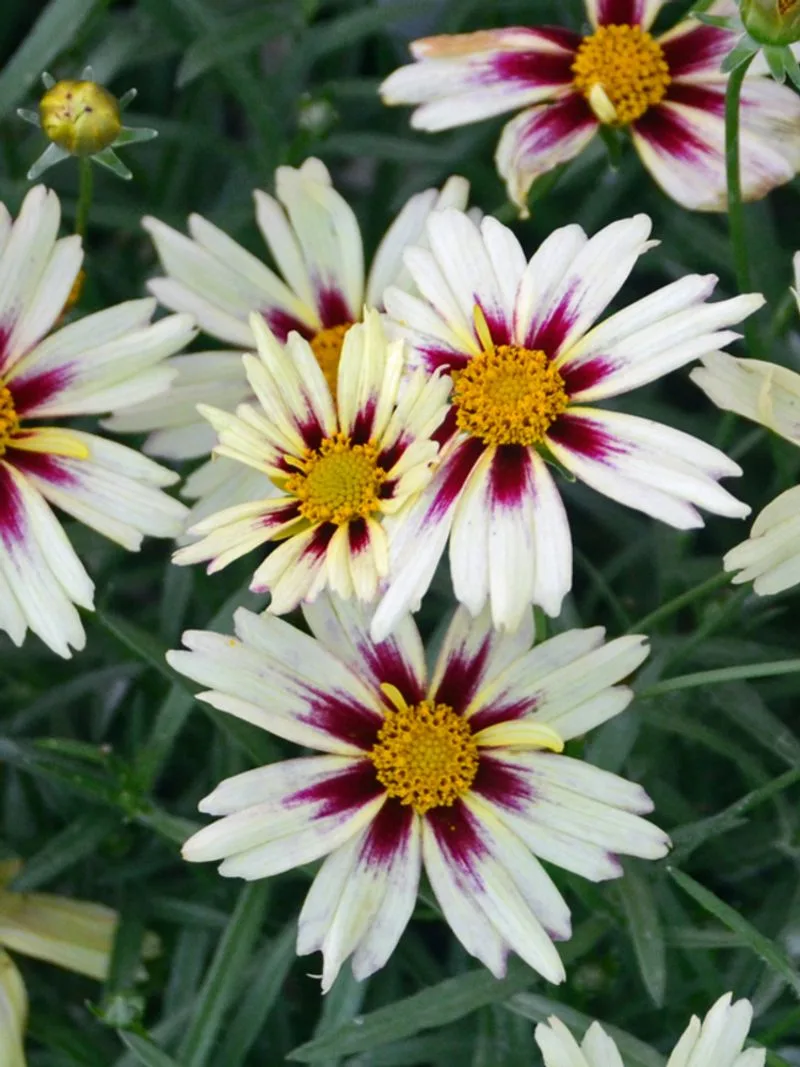
Coreopsis, also known as tickseed, is celebrated for its bright yellow, daisy-like flowers that bloom profusely throughout the summer. These sun-loving perennials attract a variety of pollinators, including bees and butterflies.
The plant is easy to grow, thriving in full sun and well-drained soil, and is known for its drought-tolerant nature. Coreopsis adds a cheerful splash of color to garden beds and borders while providing essential nectar for pollinators. Its long-lasting blooms and minimal care requirements make it a popular choice for wildlife gardens.
Sedum
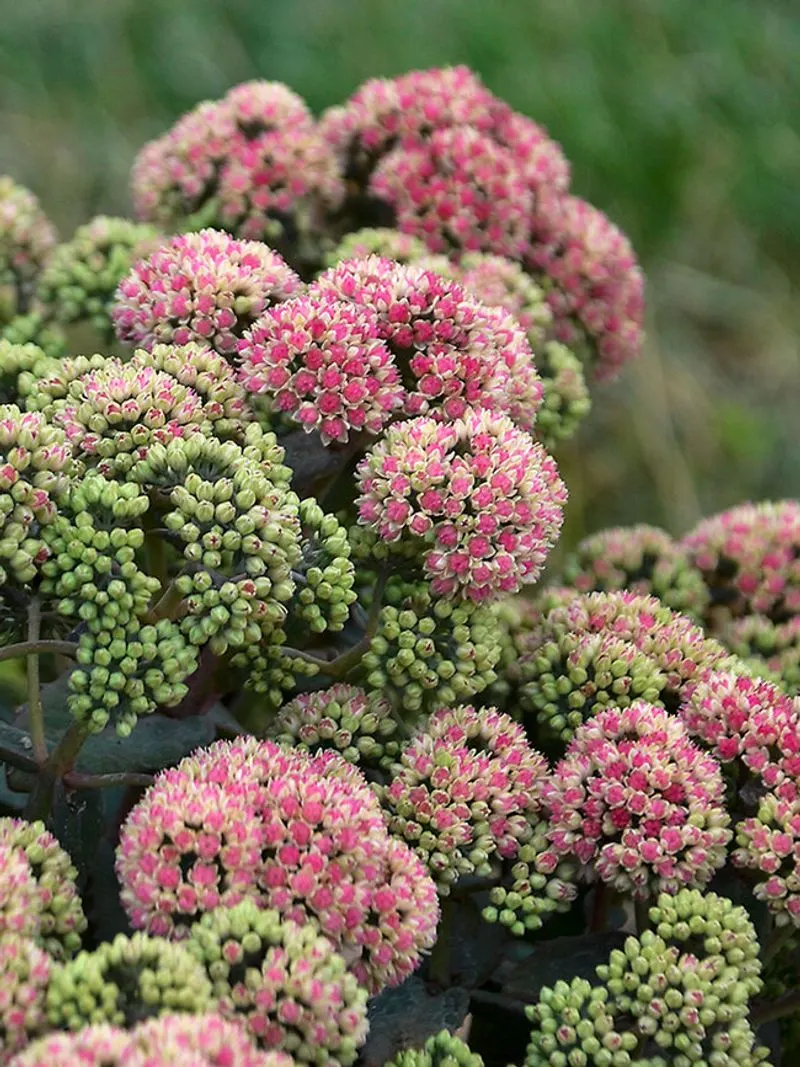
Sedum, or stonecrop, is a versatile perennial known for its fleshy, succulent leaves and clusters of star-shaped flowers. These plants thrive in full sun and well-drained soil, making them perfect for rock gardens or xeriscapes.
Sedum’s flowers come in shades of pink, red, and yellow, and bloom in late summer to fall, providing crucial nectar for pollinators. Their ability to withstand dry conditions and poor soil makes them a low-maintenance option for gardeners looking to support wildlife. Sedum’s unique texture and vibrant blooms add interest to any garden.
Veronica
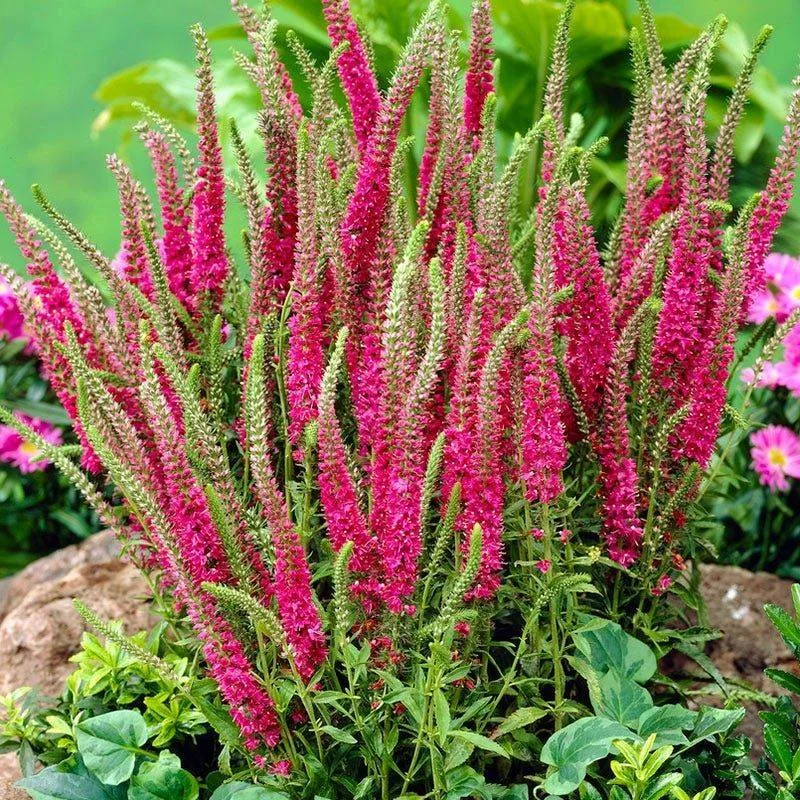
Veronica, also known as speedwell, features spikes of small, tubular flowers that attract bees and butterflies. These perennials are available in a range of colors, including blue, pink, and white, adding delicate beauty to the garden.
Thriving in full sun and well-drained soil, Veronica is a low-maintenance plant that provides continuous blooms from spring to fall. Its compact growth and vibrant flower spikes make it an excellent choice for borders or mixed beds. Veronica’s flowers not only enhance the garden’s visual appeal but also support a healthy ecosystem.
Foxglove
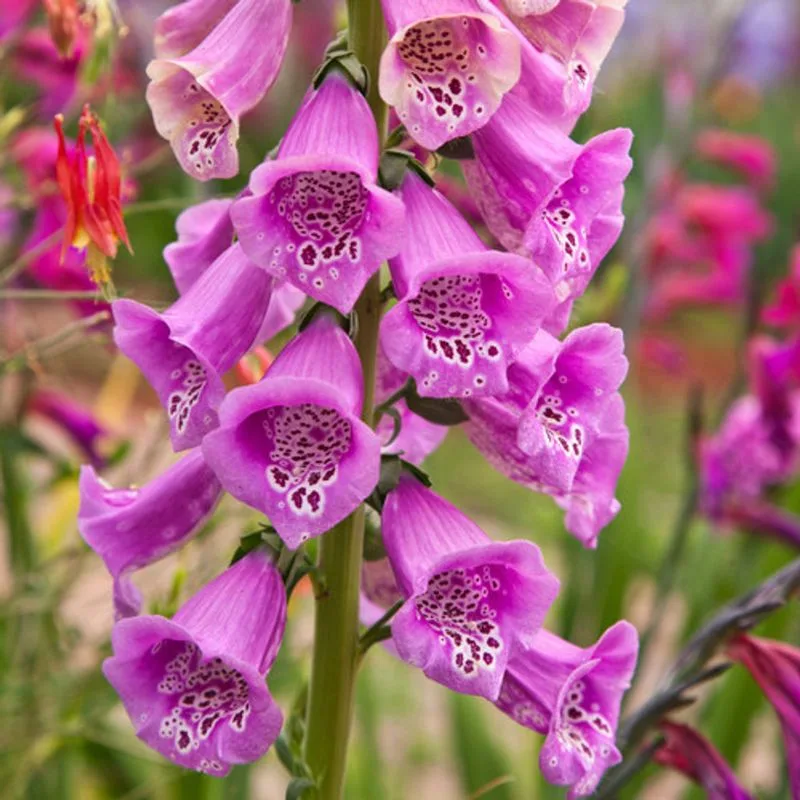
Foxglove is renowned for its tall, elegant spikes of bell-shaped flowers that are irresistible to hummingbirds and bees. The blooms come in shades of pink, purple, and white, adding vertical interest to the garden.
These perennials prefer partial shade and moist, well-drained soil, thriving in woodland gardens or borders. Foxglove’s striking appearance and wildlife-friendly nature make it a beloved choice for gardeners looking to create a dynamic, enchanting landscape. While beautiful, it’s important to note that all parts of the plant are toxic if ingested.
Catmint
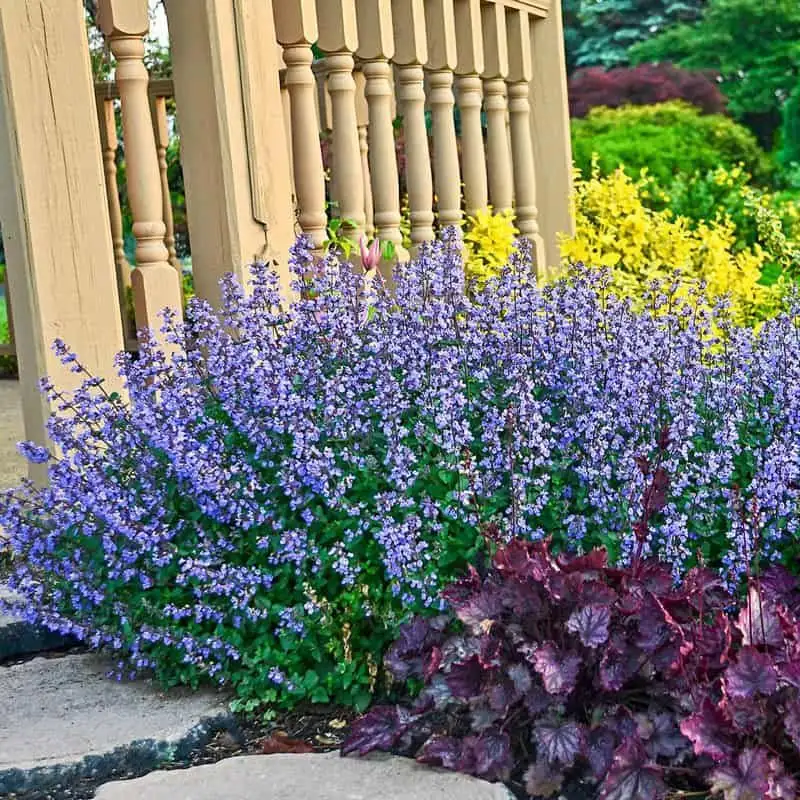
Catmint, with its aromatic foliage and soft lavender-blue flowers, is a delightful addition to any wildlife garden. This perennial is drought-tolerant and thrives in full sun, making it a low-maintenance choice for gardeners.
The plant’s long blooming period and fragrant flowers attract bees, butterflies, and other pollinators. Catmint’s soft, billowy appearance adds a touch of whimsy to garden borders and walkways. Its ability to repel certain pests while attracting beneficial insects makes it a valuable companion plant in diverse garden settings.
Rudbeckia
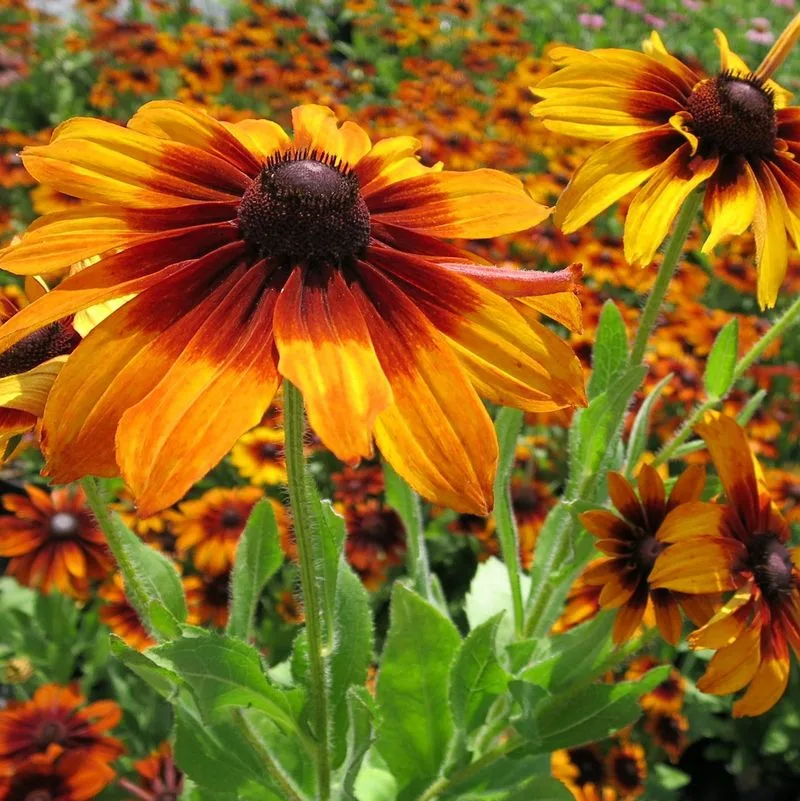
Rudbeckia, commonly known as coneflower, features bright yellow blooms with prominent dark centers, which are a magnet for bees and butterflies. These perennials thrive in full sun and well-drained soil, offering a hardy, low-maintenance option for wildlife gardens.
Rudbeckia’s long-lasting flowers provide nectar for pollinators, while the seed heads offer food for birds like finches. Their cheerful blooms and robust nature make them a staple in garden beds and borders. By planting Rudbeckia, gardeners can enjoy a vibrant display of color and wildlife activity all season long.
Butterfly Weed
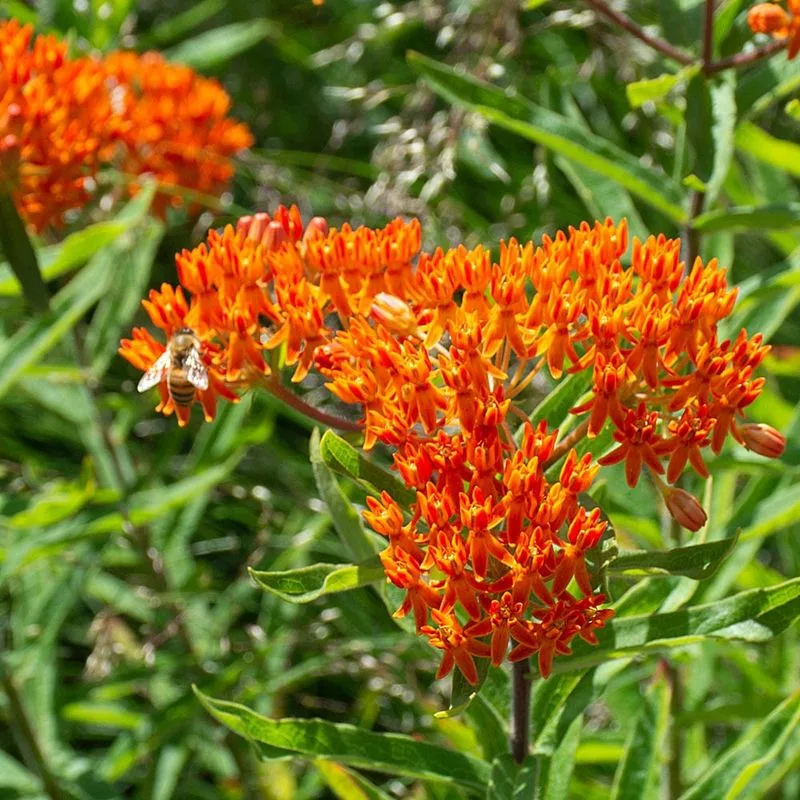
Butterfly Weed, as the name suggests, is a favorite among butterflies, especially monarchs. Its vibrant orange flowers bloom in clusters, providing essential nectar for a variety of pollinators.
This sun-loving perennial thrives in well-drained soil and is drought-tolerant, making it an easy-care choice for gardeners. Butterfly Weed’s striking color and wildlife-friendly nature make it a beautiful and beneficial addition to any garden. By including this plant, gardeners support butterfly populations while enjoying a splash of fiery color throughout the growing season.

